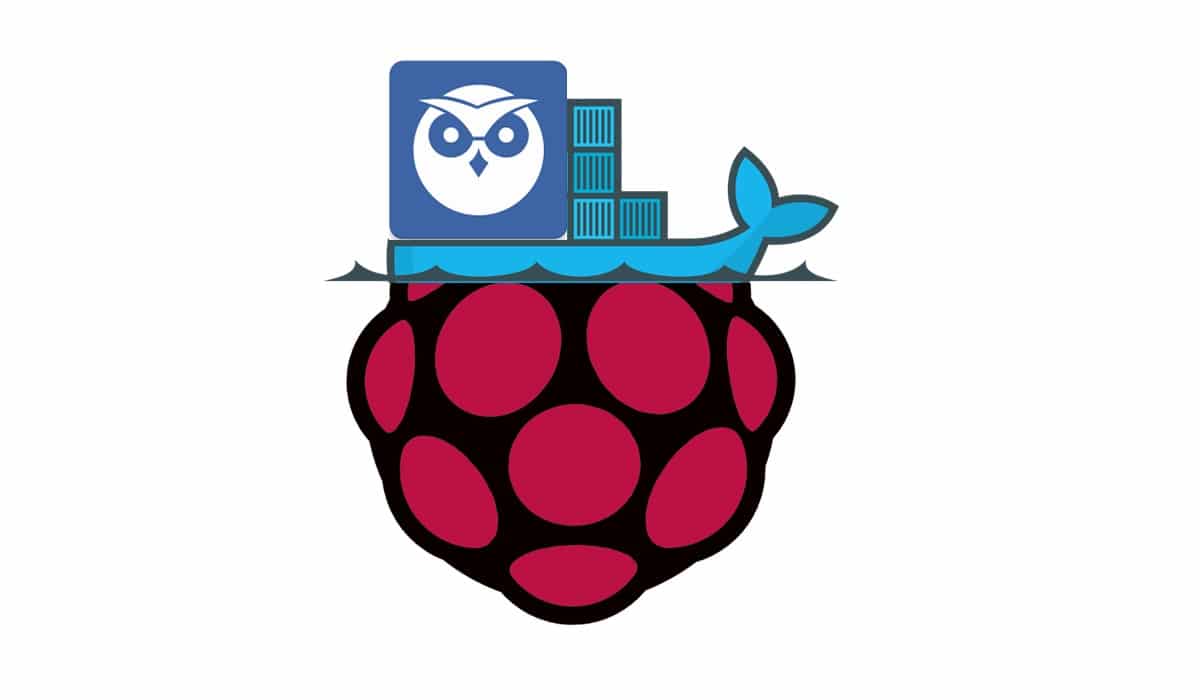
One of the most powerful thinks that you can accomplish with docker on Raspberry Pi is that we can use it for a multipurpose home server installin a number of microservices each one independent from others. At the same time, docker allows you to waste and rebiuld a service with a single command, meeting your harware resources management needs and allowing you to test and re-test if someting is going wrong at the firts stages of your project.
Today, we are going to setup my favourite open source motion detection software inside a container.
The official MotionEye website page is here. It is available also a Facebook page here.
As usual, I suggest adding from now to your favourite e-commerce shopping cart all the needed hardware, so that at the end you will be able to evaluate overall costs and decide if to continue with the project or remove them from the shopping cart. So, hardware will be only:
Check hardware prices with following links:
Start preparing your environment. Install Raspberry PI OS Lite as lightweight operating system (without needing local keyboard or monitor).
Then install Docker in your Raspberry PI, which will help to simplify installation procedure.
I want to use a personal network created in my docker environment that I called “local”. It can be done simply by:
docker network create local
Our motioneye service has its own port (8765) to expose the web gui, but I’ll use a personal port to my host (port number 5000).
Before all, we must enable our Raspberry to map our camera to the path “/dev/video0”. This path will be passed to our container to reach video stream. So, the command will be:
sudo raspi-config
here we must select “Interfacing Options“, select “P1 Camera” and select yes to enable our device. This requires a reboot so, as already said in Docker installation post, reboot and wait for boot operations to be completed and docker service to be up and running.
Now, check that we correctly configured our Camera:
vcgencmd get_camera
this should return “supported=1 detected=1”. If not, it could be needed to install v4L2 drive:
sudo rpi-update # To make sure the v4L2 drive is available. A reboot is required sudo modprobe bcm2835-v4l2 # to load it and create /dev/video0
Here comes the power of Docker. The command to make our service up is simply (copy entire command in single line):
docker run --name="motioneye" --network="local" --device=/dev/video0 -p 5000:8765 -p 465:465 -p 587:587 -p 8081:8081 --hostname="motioneye" --restart="always" --detach=true ccrisan/motioneye:master-armhf
Below the explaination of every part of the command:
Wait for prompt to be back. Our videosurveillanece service is quite ready. Complete the setup with your favourite web browser. With your RPI IP address in mind (in my case “192.168.1.177”, but use your one) and the host port setted in docker run command (in my case 5000), browse the address:
http://<<YOUR_RPI_IP_HERE>>:5000
to retrieve the motioneye login page:
Insert default motioneye credentials:
(blank password)
Next screen notifies (only for the first login) that there aren’t yet any cameras configured. Click “Click here to add one…”:
Configure camera settings according to following image:
and confirm clicking “OK”. Next screen will show you Motioneye service working (with your camera stream online) and ready to be configured at your likes.
Enjoy!
In this tutorial, we will use two Arduino Uno to demonstrate the Serial Peripheral Interface…
In this tutorial, we will be making an automatic irrigation system (AIS) with Arduino and…
This tutorial will show you how to use Python Virtual Environment with Raspberry PI computer…
This tutorial will show you how to get betting odds with Raspberry PI by using…
This tutorial will show you how to perform the backup of Raspberry PI (computer board)…
This tutorial will show you how to install Honeygain on a Raspberry PI computer board…